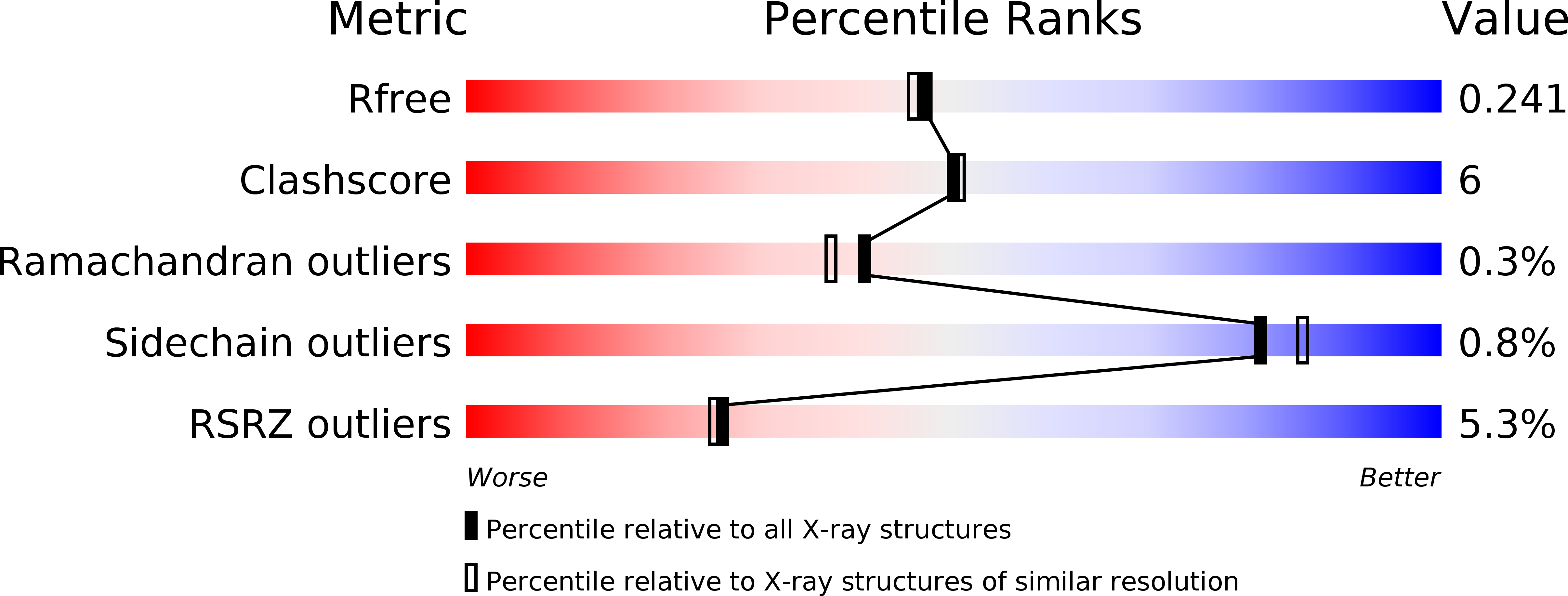
Deposition Date
2004-08-11
Release Date
2004-09-28
Last Version Date
2024-02-14
Entry Detail
PDB ID:
1UA1
Keywords:
Title:
Structure of aminofluorene adduct paired opposite cytosine at the polymerase active site.
Biological Source:
Source Organism:
Geobacillus stearothermophilus (Taxon ID: 1422)
Host Organism:
Method Details:
Experimental Method:
Resolution:
2.00 Å
R-Value Free:
0.24
R-Value Work:
0.21
R-Value Observed:
0.21
Space Group:
P 21 21 21


